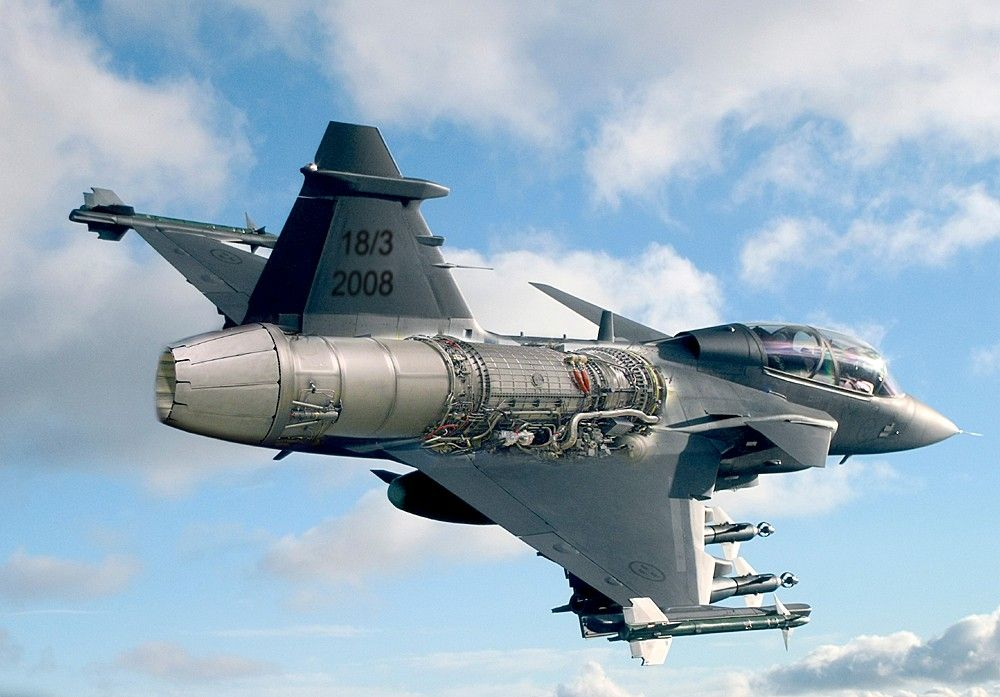MRO Military & Space
Hi all!
It is a couple of weeks since you heard from me the last time here at the blog. I have just completed an exciting and intensive rotation at supply chain for military and space, which I had the great pleasure to work on together with my graduate colleague My.
As you have seen in our earlier posts, the first months of this year been quite full of tasks not related to our rotations. We have participated in multiple student fairs at the biggest technical universities in Sweden, done company presentations and taken part in the try outs for this year’s graduate group. In addition to this, we had our first “global” development week in the beginning of March. Even if our group is not global at all, since the five of us in Sweden were the only ones recruited to the graduate scheme last year at GKN Aerospace. Due to this there were a couple of other employees from England, Netherlands and Romania invited to participate in the development week. The development week was very successful and appreciated by us graduates.
The main assignment that My and I worked on during our rotation was to investigate the possibilities to implement a digital visualization of the MRO workshop at the Trollhättan site. This type of digital visualization already exists for the civil production, and it is used to give personnel a quick overview of the status of the production flows during the 24h pulse and planning meetings.
The first weeks of the rotation were mainly spent on learning how the different service flows for the RM12 engine are structured and also learning how the existing visualization function. The information we gathered were then used to identify in which areas, either the visualization or the way of working, needed to be changed in order to make them compatible with each other.
The challenge with MRO flows is that each and every engine part that enters the workshop is unique, unlike in production where every part goes through the same series of operations. To cope with the uniqueness of the different parts that enters the MRO flow requires flexibility. Flexibility is unfortunately not something that is easy to incorporate in a fully automatic visualization.
The solution that our investigation resulted in was a compromise where both the way of working and the visualization had to go through a couple of changes. The results from the investigation led to a pilot project being started to test the new form of visualization. The both of us worked a lot with this pilot project as well since it was a very natural step to take after the investigation were finalized.
This was a short summary of what I did during my last rotation, during the next rotation will I work at Programs towards General Electric, which will be interesting and completely different from what I have done during my first two rotations.
Best,
Marcus

